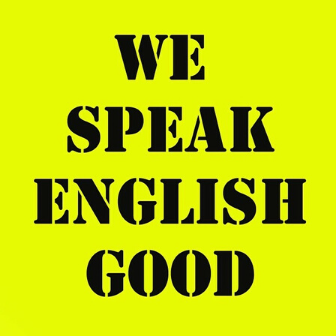Spotify Officially Requires 1k Streams To Earn Royalties
Spotify confirmed a major shift in its royalty system on Tuesday, after weeks of speculation and industry reports. The company introduced several new policies that aim to fight streaming fraud and deal with the huge amount of content on the streaming platform.
Spotify said, “As Spotify payouts to the music industry continue to grow — over $40 billion and counting — we want to make sure that money is going to the people our platform is designed to enable: emerging and professional artists.” The company added, “However, as the royalty pool and catalog on Spotify have surged, three particular drains on the royalty pool have now reached a tipping point. So, we’re working in close collaboration with industry partners — artist distributors, independent labels, major labels, label distributors, and artists and their teams — to introduce new policies to (1) further deter artificial streaming, (2) better distribute small payments that aren’t reaching artists, and (3) rein in those attempting to game the system with noise.”
The most noticeable change is that Spotify will set a payment threshold starting from next year, where songs need to have at least 1,000 streams to earn any royalties. Spotify data shows that out of the 100 million songs on the platform, only around 37.5 million have more than 1,000 streams, which means that over 60 percent of all tracks on Spotify don’t reach the threshold. But those songs account for less than 1 percent of all streams on Spotify, indicating the large number of tracks that get few streams.
The policy has been understandably upsetting for indie musicians who fear that their already small share of the streaming pie will shrink even more. Streaming has largely rescued the record industry, which struggled for years after digital downloads ruined traditional sales. But many artists still can’t depend on streaming revenue, and artists see adding another hurdle for them to get even tiny earnings as adding injury to insult. That criticism is similar to issues some in the industry have with streaming services’ “pro-rata” model, which splits up all the collective streams on a platform and awards artists based on their individual percentage of the pie rather than their specific streams. Some streaming services have looked into whether the model should change to a more “user-centric” model where streams are credited directly to an artist, but it’s unclear how much of a difference that would make. But as the industry has moved to streaming and $11 a month (or no money for an ad-supported subscription) gives users access to more songs than they can possibly imagine, an individual stream is worth less than a traditional sale, and less than 1,000 streams in a year amounts to a few dollars at most. Spotify claimed that the affected songs earn about 3 cents per month on average. And with music distributors often requiring a minimum withdrawal amount — on DistroKid, for example, it’s $2 — some of those payments wouldn’t have been available anyway.
Those small payments may seem trivial individually, but Spotify said they add up to about $40 million that the company says it can instead spread out among the songs that do meet the threshold. While those higher streamed songs make up a minority of tracks on the platform, they also account for 99.5 percent of all streams on the service, Spotify said. Several indie music executives expressed their support of the new changes. In a quote supplied by a rep for Spotify, Denis Ladegaillerie — founder and CEO of Believe (the parent company of music distribution service Tunecore) — called the new policy a step toward incentivizing the artists.

